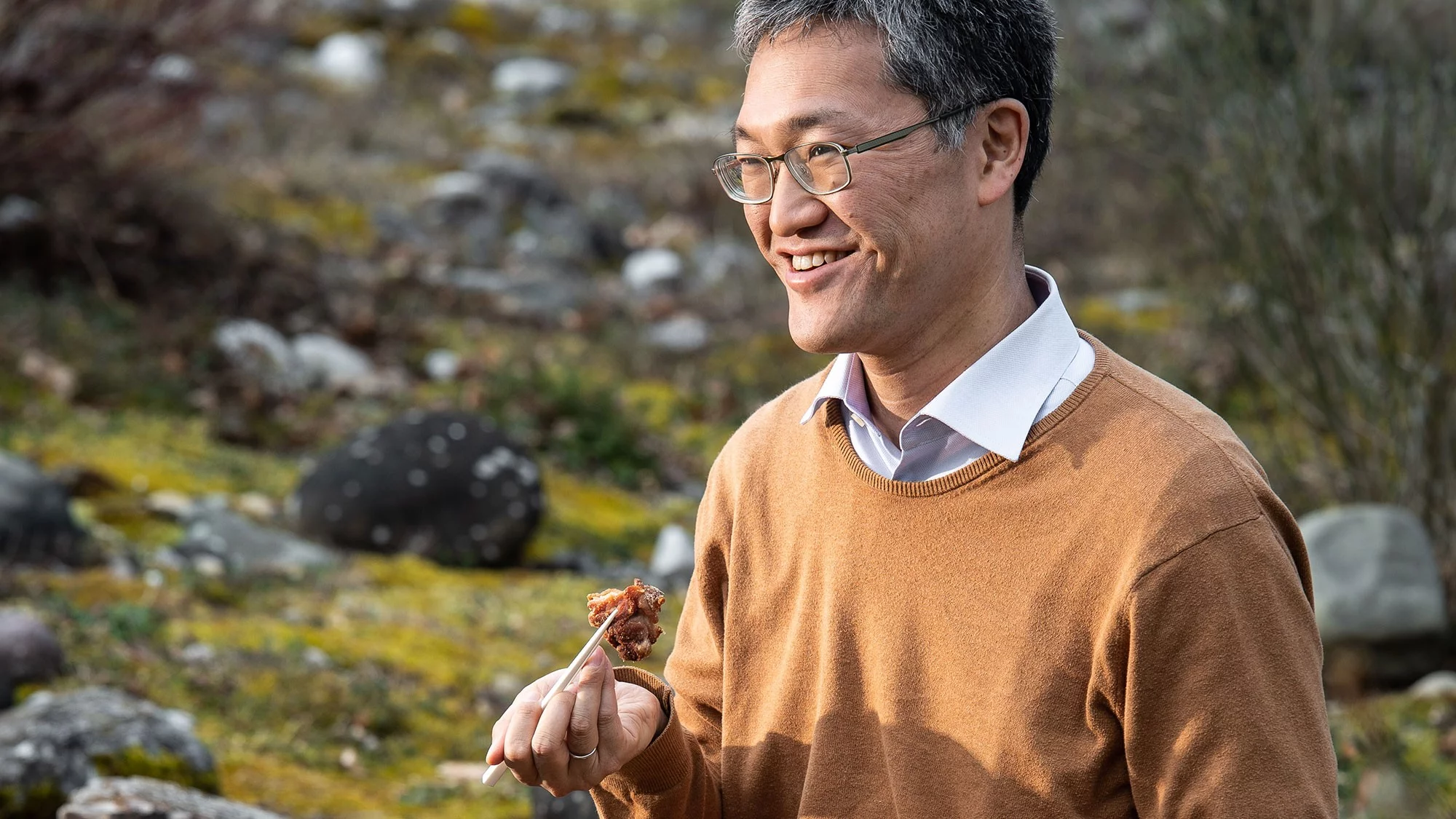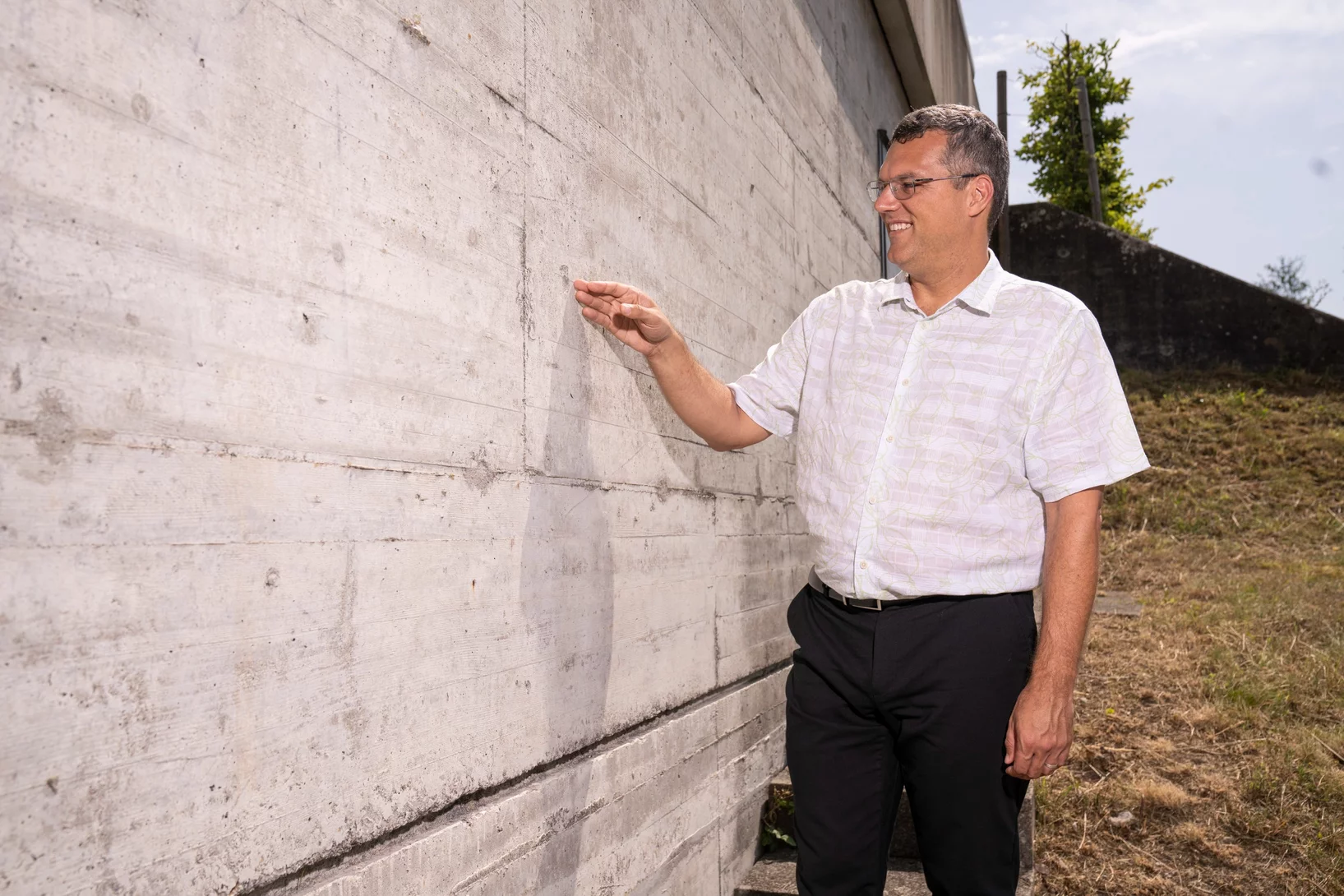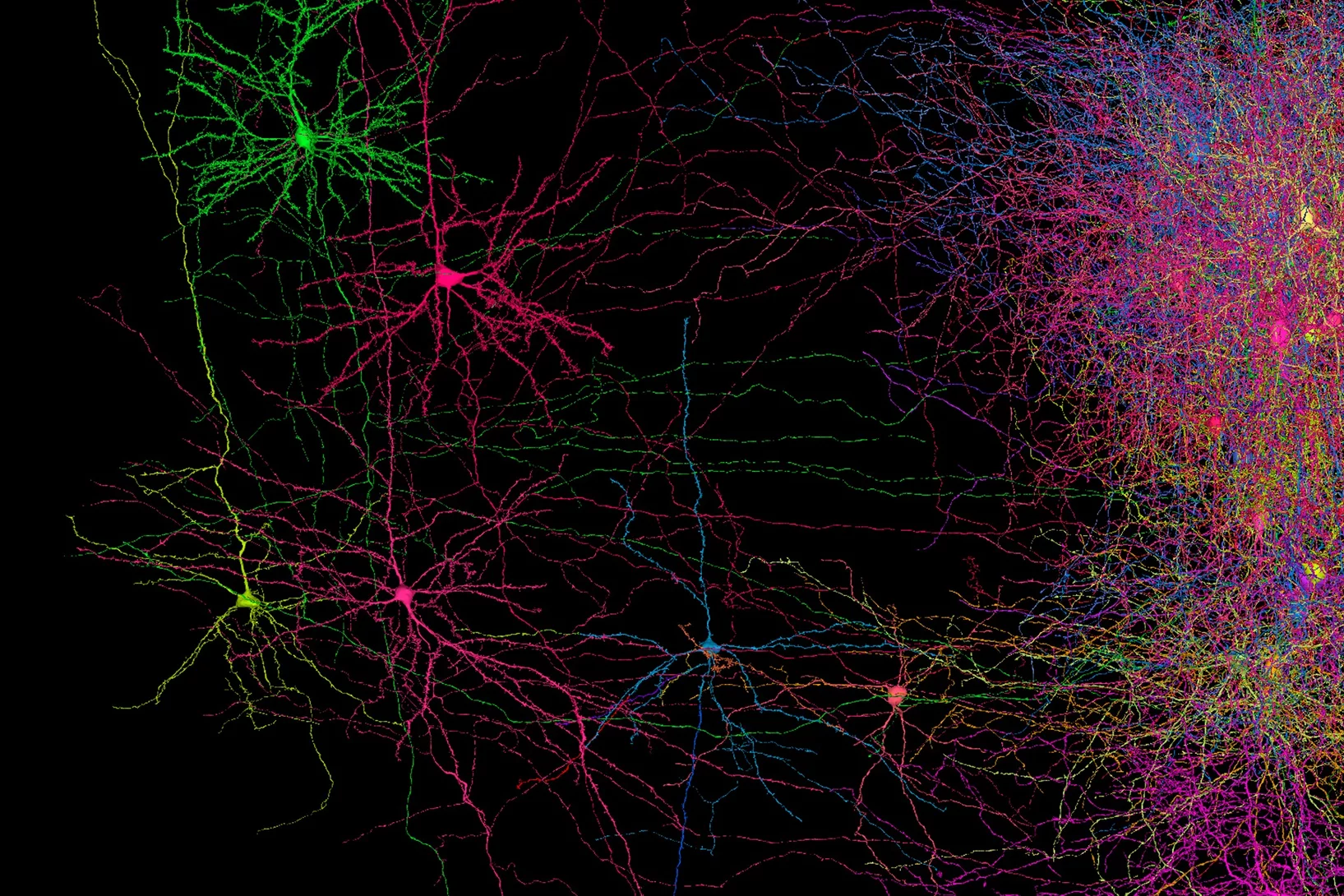People from 64 nations work at PSI. Of course, they all bring their own culinary preferences with them. In this gallery we can only present four researchers with their favourite dishes – and we found it hard to choose. Nevertheless, with one click you can set off right away on a delicious gourmet trip around the world.
Mexican
Manuel Guizar Sicairos heads the Computational X-ray Imaging group working in the large research facility Swiss Light Source SLS at PSI and as an EPFL professor. His group focuses on the development of novel imaging methods and advanced reconstruction techniques. His favourite dish? Aguachile de camarón. It is a flavourful, refreshing and zesty Mexican appetiser where the prawns are “cooked” by lime juice – a method widespread in Latin America.
Brazilian
Camila Bacellar is a beamline scientist and group leader of the Alvra experiment station at the large research facility SwissFEL, the Swiss X-ray free-electron laser. Among other things, she supports guest scientists in carrying out their experiments. She loves to eat pão de queijo: these little cheese balls are widely enjoyed throughout Brazil as a snack or even for breakfast. Ideally, fermented cassava pulp, polvilho azedo, is used to prepare it.
Japanese
Takashi Ishikawa heads the Cellular Structure Imaging group. Using electron cryo-tomography and -microscopy, researchers here create and analyse images of biological macromolecules and organelles. He made our mouths water with tori no kara-age, fried chicken. Depending on your preference, the pieces of meat are marinated in soy sauce, sake, ginger or garlic. Many different variations of this dish are served at the Karaage Matsuri Festival in the Japanese city of Oita.
Indian
Kannan Ramachandran is a scientist in the Energy Economics Group which belongs to the Energy and Environment Research Division as well as to the Nuclear Energy and Safety Research Division. His research concentrates on the development and application of energy-economic models for policy making on energy and climate change mitigation. He presents us with idli, a classic South Indian dish, as his favourite. Particularly for breakfast, idli is served on a banana leaf. The dough, made from black lentils and rice, is fermented before being formed into small flat, round cakes and steamed. It is accompanied by sambar sauces based on lentils and tamarind, as well as coconut chutney, whose taste can be either sweet and sour, or hot and spicy.
More articles on this topic
PSI’s cement whisperer
John Provis has dedicated his research career to a building material that is far more exciting than you might think.
Creating circuit diagrams of the brain
Adrian Wanner aims to map the brain’s architecture. Doing this will allow us to better understand neurodegenerative diseases like Alzheimer’s.
With pad, pencil, and algorithms
Physicist Dominik Sidler is developing fundamental theories for previously inexplicable phenomena.








